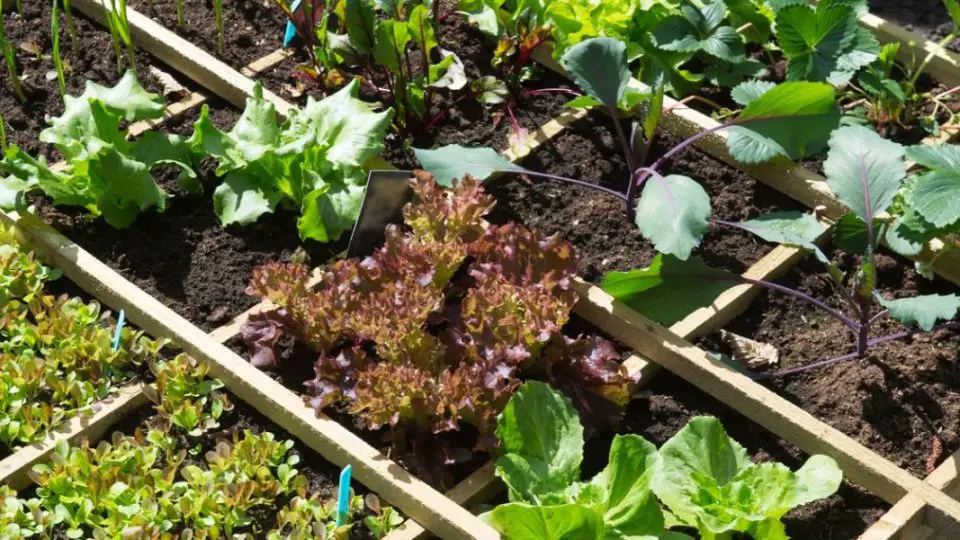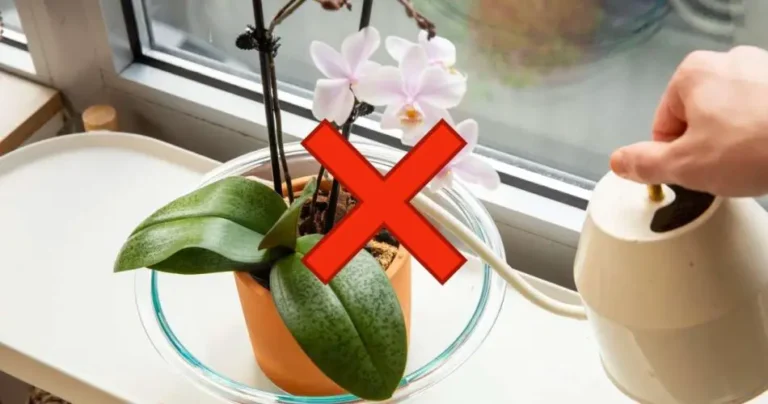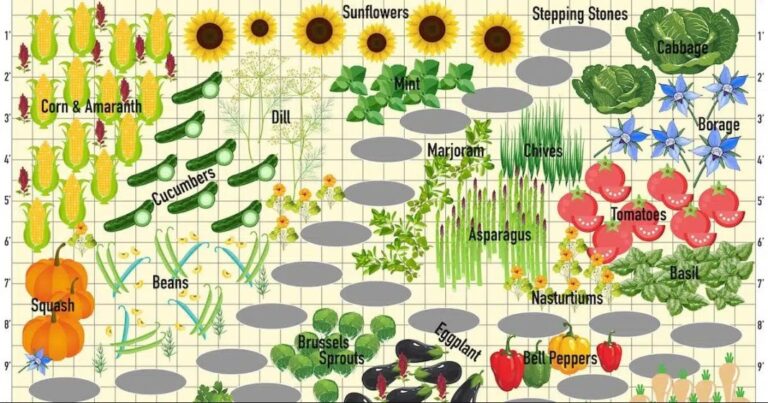How to grow more vegetables when you don’t have space? 5 simple tips
Do you dream of a garden full of fresh and tasty vegetables, but lack space?
No panic! It is entirely possible to grow a wide variety of vegetables in a small space by following a few tips and tricks.
Discover how to optimize the use of your small garden, your balcony or your terrace to enjoy homemade vegetables all year round.
1. Plan your space carefully
Before starting to grow vegetables, it is essential to plan well how to use the space you have.
READ: Balcony decoration: How to choose your outdoor rug?
Take into account the sunshine, the quality of the soil and the orientation of your garden or balcony. This will allow you to choose the most suitable vegetables for your conditions and better organize their arrangement.
Evaluate sunlight : Most vegetables need at least 6 hours of sunlight a day to grow well. Carefully observe the exposure of your space and note the sunniest areas. If you have a balcony or terrace, choose potted plants that you can easily move to make the most of the sun.
Choose the right vegetables : Some vegetables are more shade tolerant than others. If your space lacks sunlight, opt for vegetables such as spinach, lettuce, radishes, cabbage or leeks. On the contrary, tomatoes, peppers, eggplants and zucchini need more sun to develop well.
2. Choose adapted cultivation methods
Various cultivation techniques allow you to optimize the use of space and promote better vegetable production.
Among them are:
Lasagna Growing – This method involves layering different layers of organic materials (cardboard, straw, compost, dead leaves, etc.) to create a fertile, well-drained growing medium. Lasagna cultivation allows vegetables to be grown on a reduced surface area while improving the quality of the soil.
Container Growing – If you run out of soil space, consider going vertical! Grow your vegetables in pots, planters or grow bags that you can hang or put on shelves. This method is especially suitable for aromatic plants, salads, strawberries and cherry tomatoes.
Permaculture – This global approach to culture aims to create a harmonious, self-sustaining ecosystem by mimicking natural interactions between plants and their environment. Permaculture promotes crop diversity, vegetable rotation, and the use of companion plants to optimize space and increase production.
3. Use appropriate varieties of vegetables
To maximize your harvest in a small space, it’s a good idea to choose dwarf or compact vegetable varieties .
These varieties are specially designed to grow in small spaces and usually offer generous production despite their small size. Here are some examples of vegetables suitable for growing in small spaces:
- Tomatoes: opt for mature or bushy varieties, such as “Tiny Tim” or “Roma”.
- Cucumbers: choose compact varieties, such as “Patio Snacker” or “Spacemaster.”
- Zucchini: prefer compact varieties, such as “Black Forest” or “Gold Rush”.
- Peppers: prefer dwarf varieties, such as “Mini Bell” or “Yum Yum.”
- Cabbage: Opt for low-profile varieties, such as ‘Little Cabbage’ or ‘Dwarf Siberian’.
4. Practice crop rotation and vegetable pairing
To optimize the space and production of your small garden, it is important to practice crop rotation and the association of vegetables .
These two techniques help prevent diseases, improve soil quality and promote pollination.
Crop rotation consists of not growing the same vegetable in the same place for several years in a row. This practice preserves the health of the soil and prevents the appearance of diseases typical of certain plants. To organize your rotation, divide your space into several zones and change vegetables every year.
Mixing greens involves growing plants together that have beneficial effects on each other. For example :
- Tomatoes protect cabbage from cabbage worms.
- Beans fix nitrogen in the soil, which benefits leafy greens like lettuce.
- Marigolds repel aphids and nematodes, which protects tubers such as carrots.
By skillfully combining your vegetables, you can make the most of your space and promote abundant production.
5. Take care of your soil and your plants
To achieve a generous harvest in a small space, it is essential to take care of the land and the plants.
These are some tips for maintaining your garden:
- Improve soil quality by incorporating compost, manure or green manures. These organic materials will provide the nutrients necessary for the growth of vegetables.
- Water regularly and appropriately for each vegetable. Some plants, like tomatoes, prefer less frequent but more abundant watering, while others, like lettuce, require regular, light watering.
- Mulch the soil to conserve moisture, limit evaporation and prevent weeds. You can use straw, wood chips, fallen leaves, or hemp mulch.
- Monitor for the appearance of diseases or parasites and treat them quickly with natural products, such as nettle manure, Bordeaux broth or black soap.
By following these tips, you can enjoy a productive and harmonious garden, even in a small space. So don’t wait any longer: put these tips into practice and enjoy the pleasure of tasting your own fresh and tasty vegetables!





